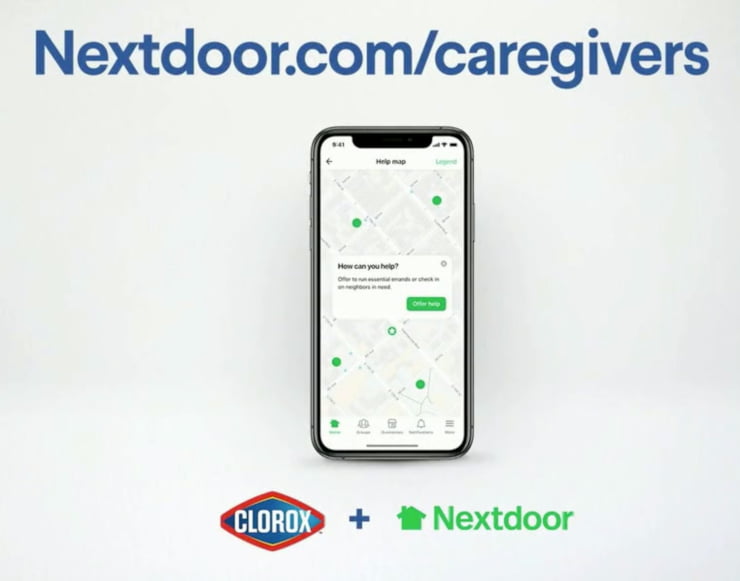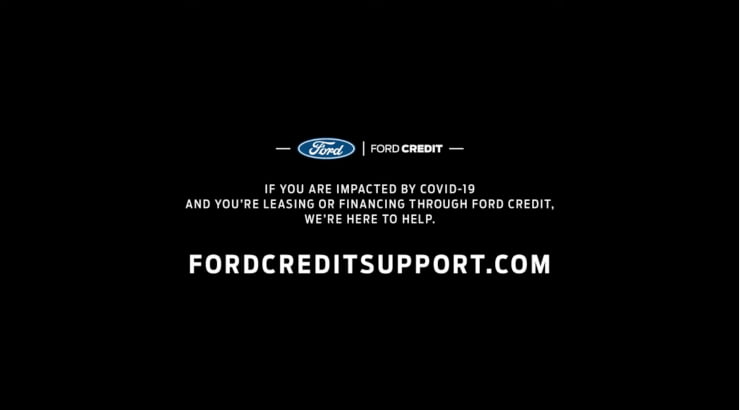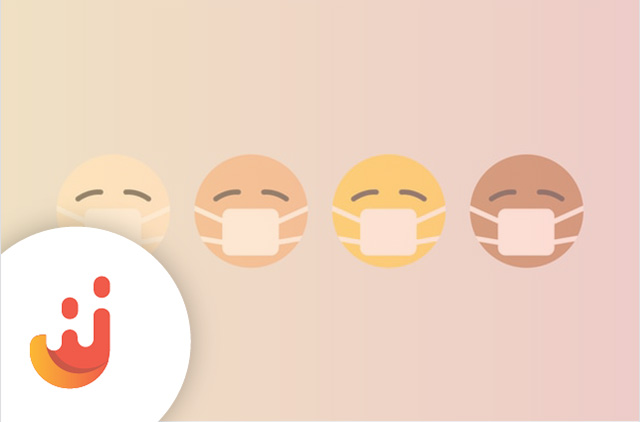There’s a quote that has been floating around that seems quite relevant in these strange and scary times:
“There are two types of people in the world. People who think, it’s not happening to me so I don’t care. And people who think, I would never want it to happen to someone else, so I do care.”
This quote does a great job of summarizing the feeling that consumers feel when they get the impression that brands advertising to them are being insensitive to the current situation. That’s why empathy marketing is so important. During a global pandemic, the last thing any company or brand should be doing is thinking about themselves and their profit margins without concerning themselves with the wellbeing of the public.
Yes, it is important for businesses to continue to succeed, to be able to retain and pay their employees, to keep their workers safe, and to move forward during this crisis. But an unexpected result of this global pandemic is that it is challenging businesses to innovate and evolve.
Event companies are creating virtual events, doctors are chatting with patients online, restaurants are sharing their recipes so people can make their favorite dishes at home, Zoos are sharing a behind the scenes look at the animals, museums are creating online learning programs to keep kids engaged, and people are attending drive-in raves.
Empathy marketing shows consumers that businesses not only care about their customers but they also understand and can relate to them.
So how do you market your brand with empathy? There are a few steps to keep in mind when approaching empathy marketing during the pandemic:
Empathy Marketing Step 1: Scheduled Marketing Campaigns
The first step for many large brands who have scheduled their advertising campaigns for the next quarter, or more, is to pause those advertising campaigns if you can. Each time a consumer sees an ad for something being sold as if it is pre-pandemic is going to rub consumers the wrong way about that brand.
Empathy Marketing Step 2: Plan a New Marketing Campaign
Decide if you are going to repurpose your existing marketing campaigns or create entirely new ones. To truly create an empathy marketing campaign, starting from scratch is likely the best option. You don’t want consumers to recognize cuts from previous ad campaigns and infer that the brand just changed some words around.
Empathy Marketing Step 3: Don’t Take Advantage of People During This Crisis
It might sound like common sense but it has to be said because it can be a real problem. Things like having a COVID-19 sale, or showing off how your company is still succeeding during the crisis is disrespectful and will turn people off to your brand.
Empathy Marketing Step 4: Visuals and Positioning
Try to keep any visuals or messaging in line with what experts (experts like your doctor, the CDC, local hospitals, etc) are recommending. Don’t show or talk about people gathering in crowds or touching each other unless you’re advising against it. Reinforce what the experts are saying like staying at home, wearing a mask, and washing your hands.
Empathy Marketing Step 5: Give People Hope and Show How Your Brand Can Help
Hope is a powerful thing, especially when people feel like all hope is lost. Instead of being an alarmist or focusing on the negative, focus on the positive, and tap-in to your brand’s human side. People will feel more connected to your company and your brand if they feel like you actually understand and want to help them.
And give people the tools they need to survive this pandemic. Try to find ways to bring your product or service to consumers in the most convenient and safe manner possible. People are also struggling financially right now so any way brands and companies can help aid their customers’ financial burdens right now will leave a lasting impact on those customers well after the pandemic is over.
Empathy Marketing Examples During the COVID-19 Crisis
One example of empathy marketing is how Clorox partnered with Nextdoor to provide opportunities for neighbors to help out their neighbors who are at risk and need supplies from the store. With Clorox and Nextdoor’s Caregivers program, neighbors who are in the at-risk zone or are unable to get to the store to get the food and supplies they need can reach out for assistance from another neighbor.

Another empathy marketing example comes from Ford. Right at the start of the pandemic’s growth in the U.S. in mid-March, Ford not only made the choice to pull national ads for its various cars but they also created a new ad campaign and program designed to assist customers affected by the pandemic.
“We want to make sure that anyone who needs assistance knows it’s available,” said Marion Harris, CEO of Ford Motor Credit Company, in a statement.

This is a move that other car companies have not been bold enough to make, even when the choice to show their customers they care seems like a no-brainer since the overwhelming majority of people are not going to be buying cars right now, no matter how many car ads they see.
A lot of things have changed during this global pandemic but one thing has stayed the same, the idea of putting the customer first. Now that idea is even heavier because of the lives that have been lost and others that are in danger. Empathy marketing could not be any more important right now and brands that recognize that fact will rise above the others.
